Film Is Not Dead!
Many believe that film photography is completely out of date. I have always wondered how complex or how easy it would be to shoot on film, because compared to digital photography, the result is not instantly visible and it takes a lot of experience to anticipate how the photo will turn out. Another reason why I decided to shoot in film is the fact that I have only 36 shots available, which in a way forces you to think more before you press the button.
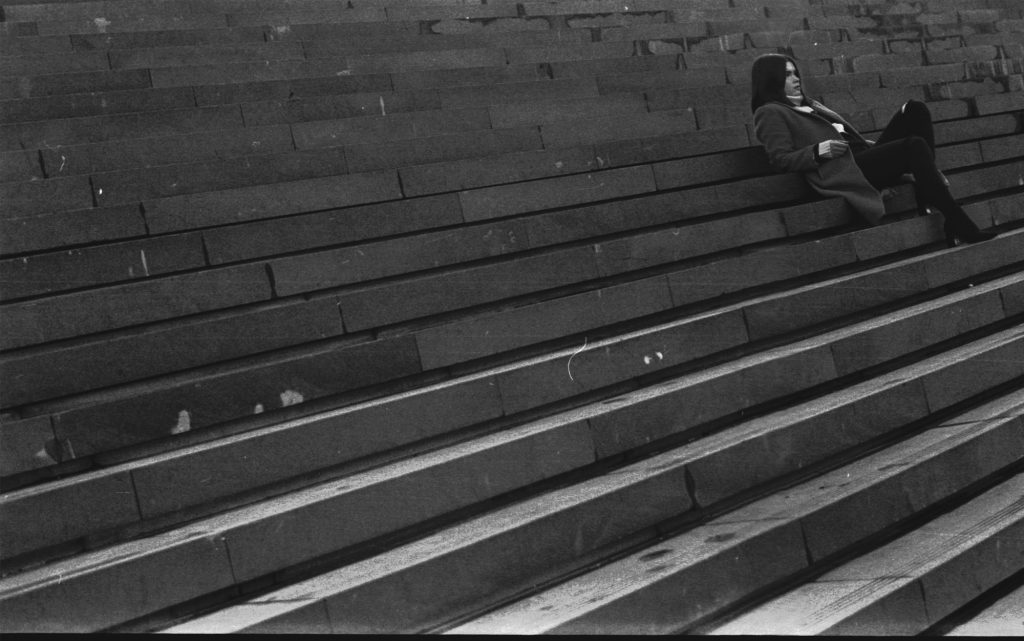
To get to an actual photo you will need a few things:
An analog camera. Although there are new ones out there, the more cost-effective option is to buy a used one as I did.
Film. I recommend a black and white film for manual development. There are several locations in Skopje where you can get it.
Developer. The basic chemical in which the film develops, and you can buy it in any better equipped photo equipment stores. Look at the TC Skopjanka.
Canister or Film Development Dose. A container on which the film is wrapped and in which all the chemicals are poured in order to develop the film (this process must be carried out in a dark room).
Fixer. Once you have developed the film, you have to fix it somehow, and the process usually takes no more than 5 minutes.
Dark room. In order to put the film in the development canister (the so-called, Dose) you need a dark room, and when I say dark, it means completely dark – there must be no light source (a toilet without a window is ideal for home development).
Application. Once you put the film in the canister, the process is too light – you just need to mix the chemicals. The ratio is predetermined (I personally use an Android app that accurately tells you how many milliliters you need to mix). You just need to select the film as well as the brand / features of the developer and then the application takes you through the whole process; all the details are covered, how much time you need to mix the canister, and how long you have to wash the film.
https://play.google.com/store/apps/details?id=com.digitaltruth.mdc&hl=en
Scanning. Once you have developed and dried the film, the next thing is to digitize it. This is done with a negative scanner, but you can use any scanner.
You can buy all the chemicals, as well as the film from a photo studio located in TC Skopjanka. You can also purchase black and white film in the photo studio in Vero Taftalidze.
Out of 36 shots, I managed to get more than half of them as great photos; I think this is something that does not happen with digital photography. I guess for 10 good photos I would have had to do 100 tries. Would I work with film again? Of course, I can hardly wait. 🙂
Developing photos. This process is a bit more complex an so you will need:
1. A darkroom
2. A copier or a magnifier (this is the device that projects the negative on the paper)
3 Photosensitive paper
4. Developer
5. Fixer
6. Clock
The process is the following, first you project a negative on to the photosensitive paper. Then the paper goes in the developer, so you wash it, then fix it, and then you wash it again and finally it dries, but I do not want to go into too many details, I’d just rather share my personal experience.
The darkroom is a complex process, it requires a lot of exercise, as well as patience, and time and resources (because the photosensitive paper is more expensive, bear in mind that you will have quite a few unsuccessful attempts to find the right time for exposure). However, in the end, I am convinced that you will conclude that it really is worth it.
Below you can see the whole gallery from my first photo session on film:
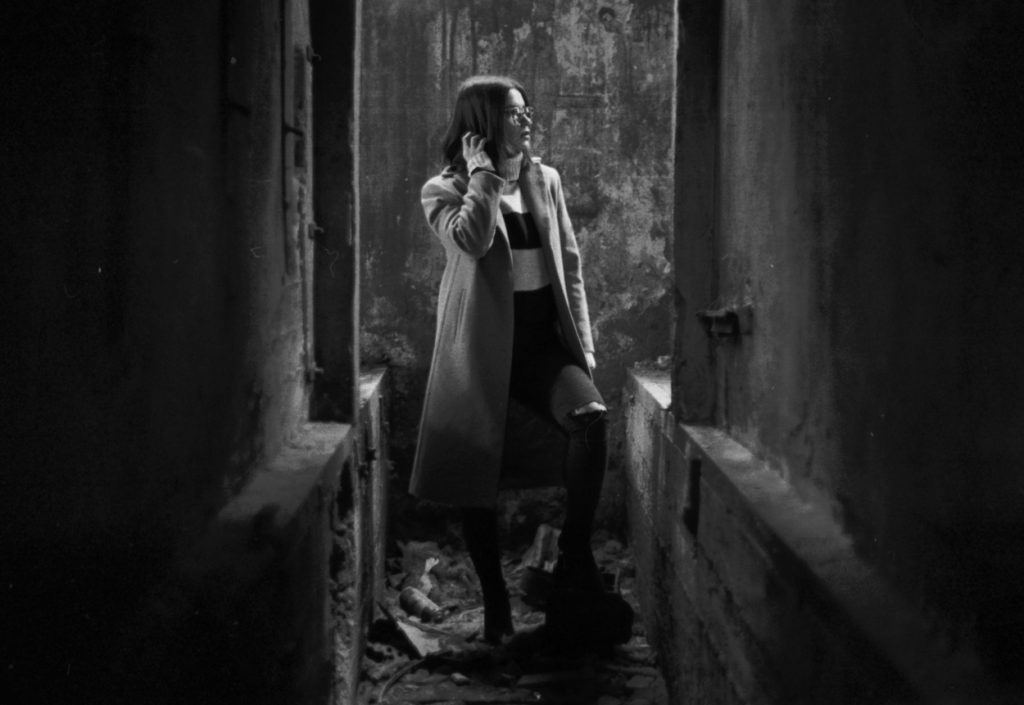
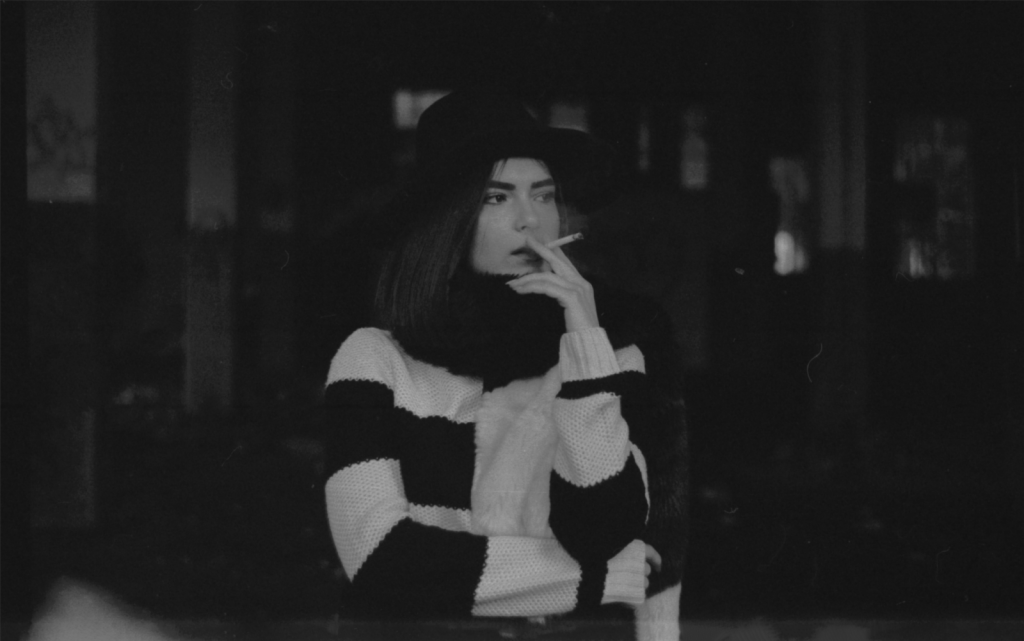
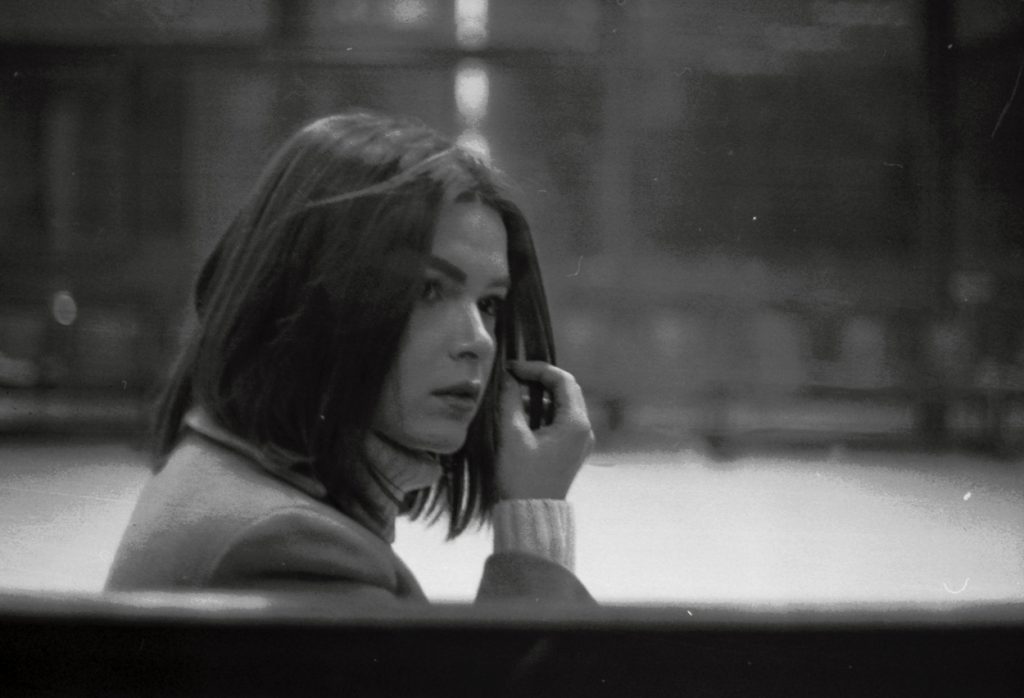
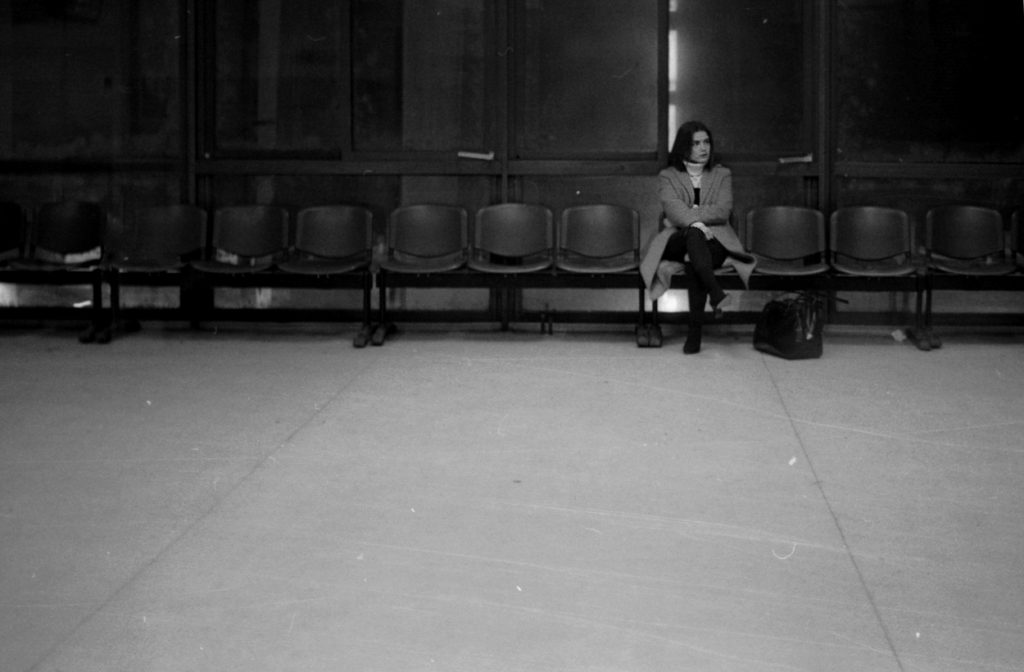
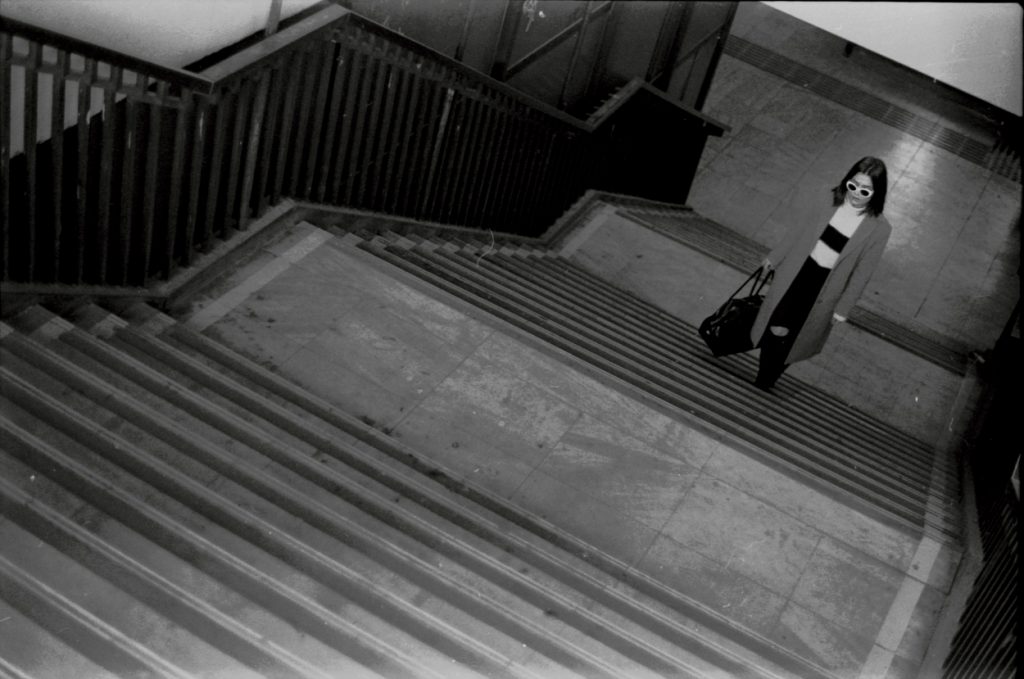
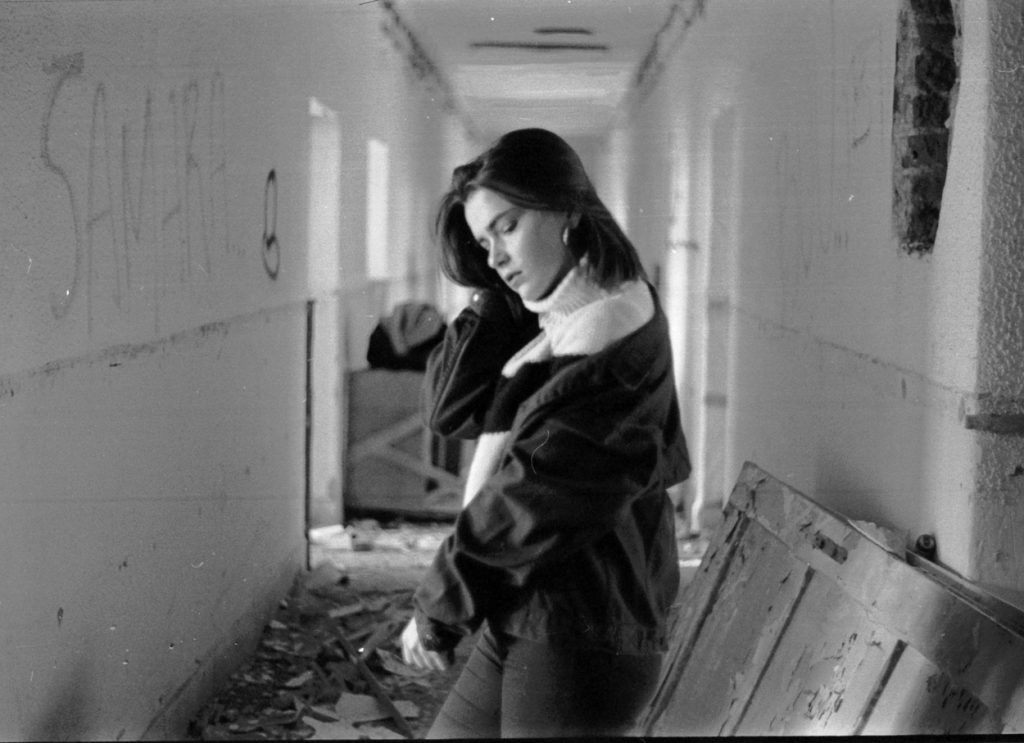
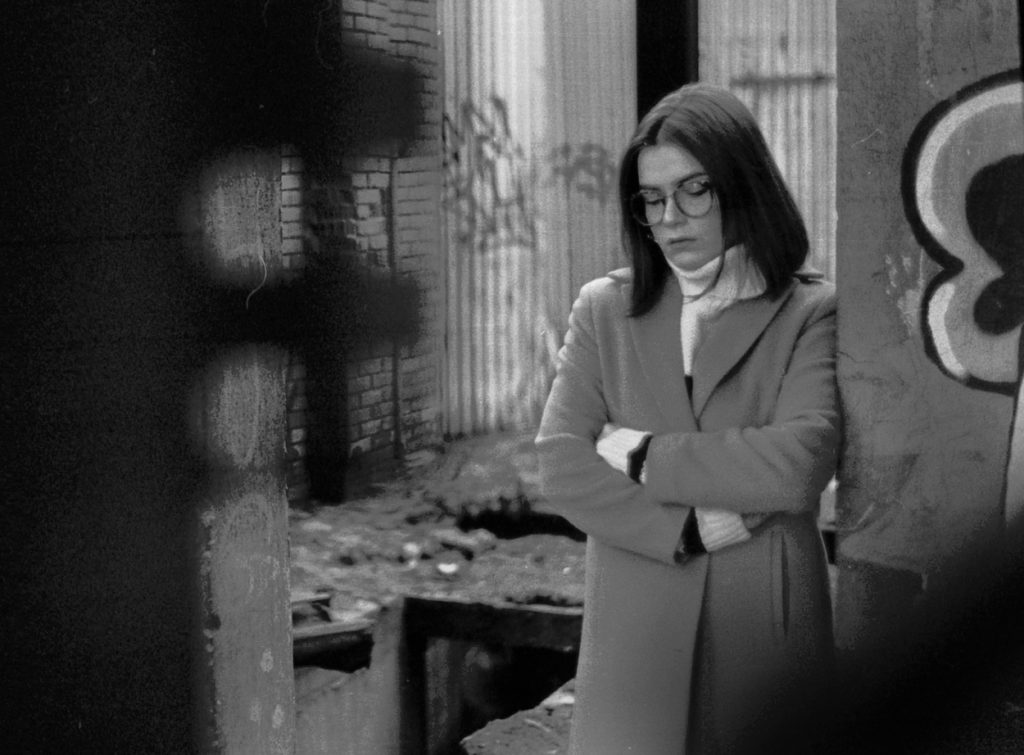
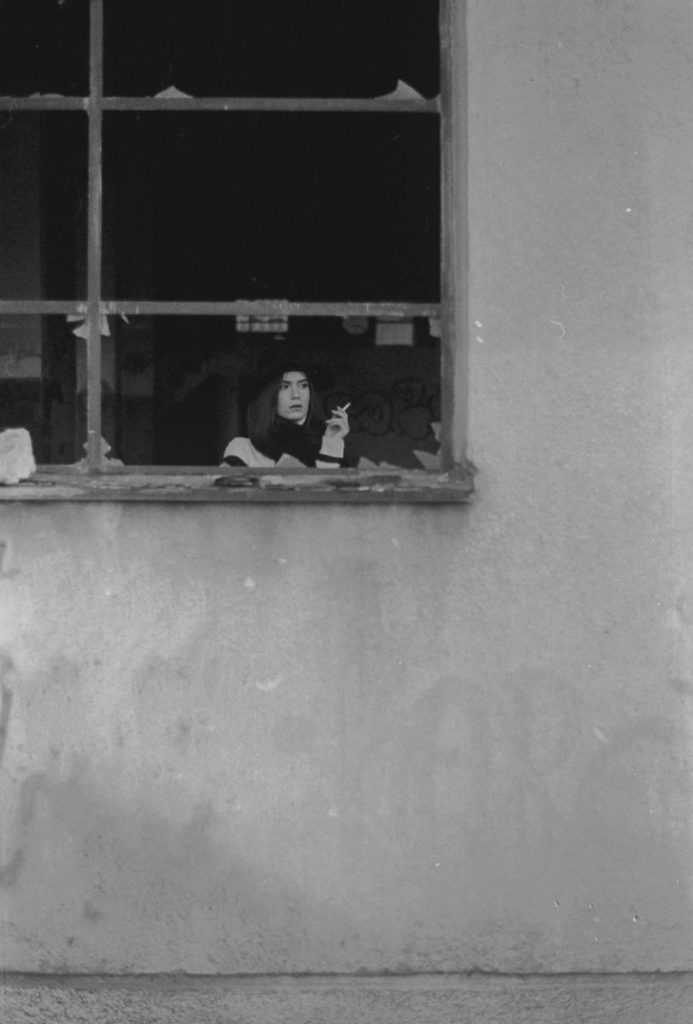
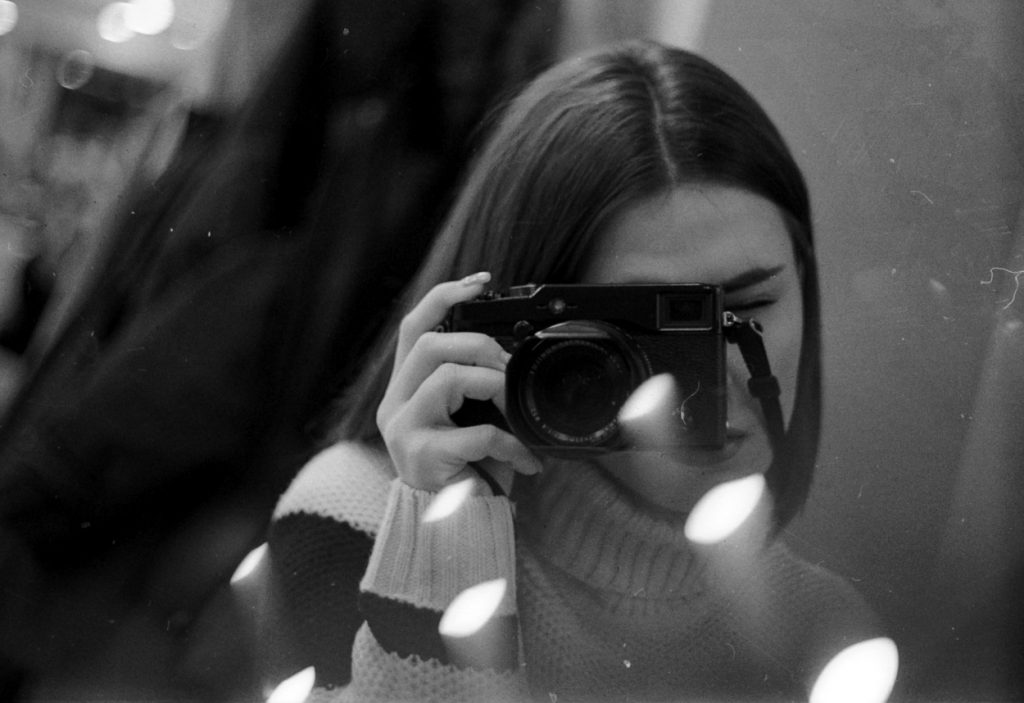
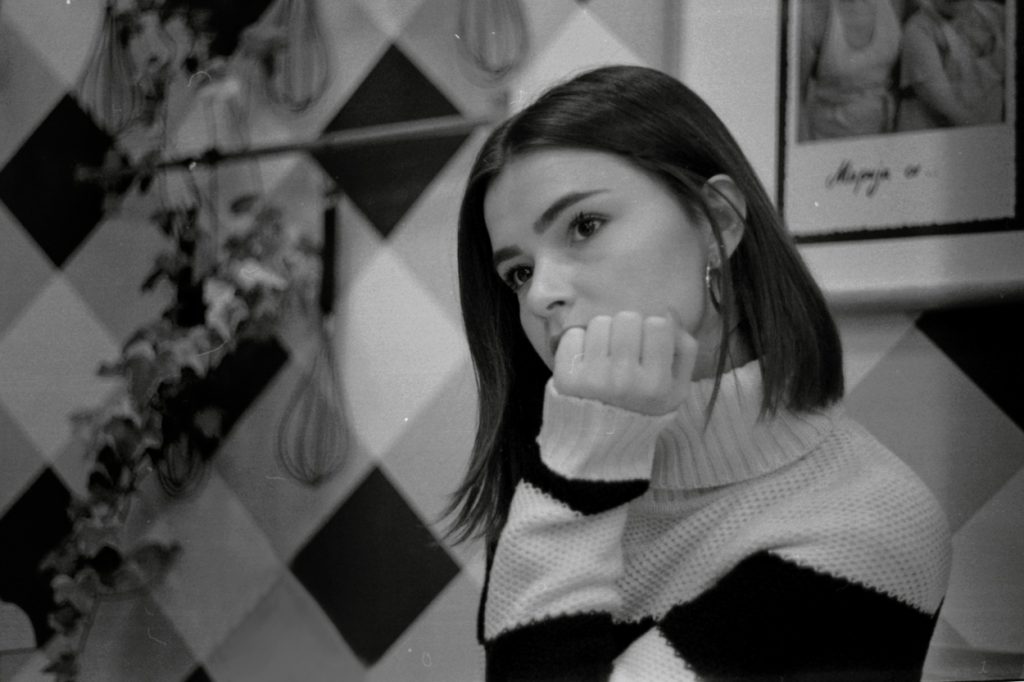
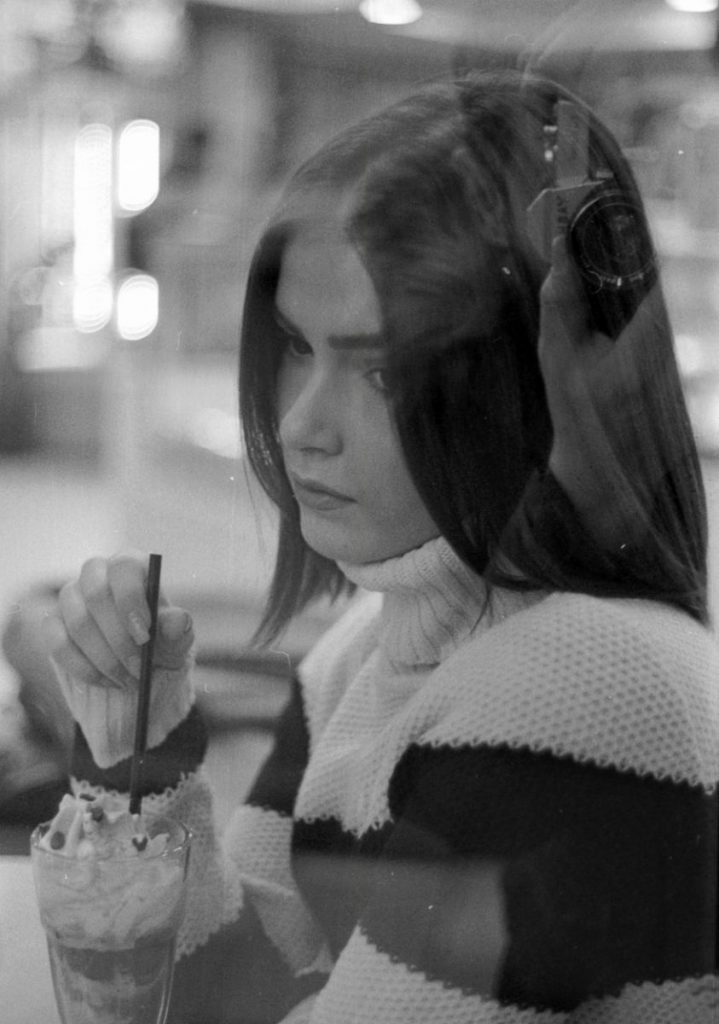
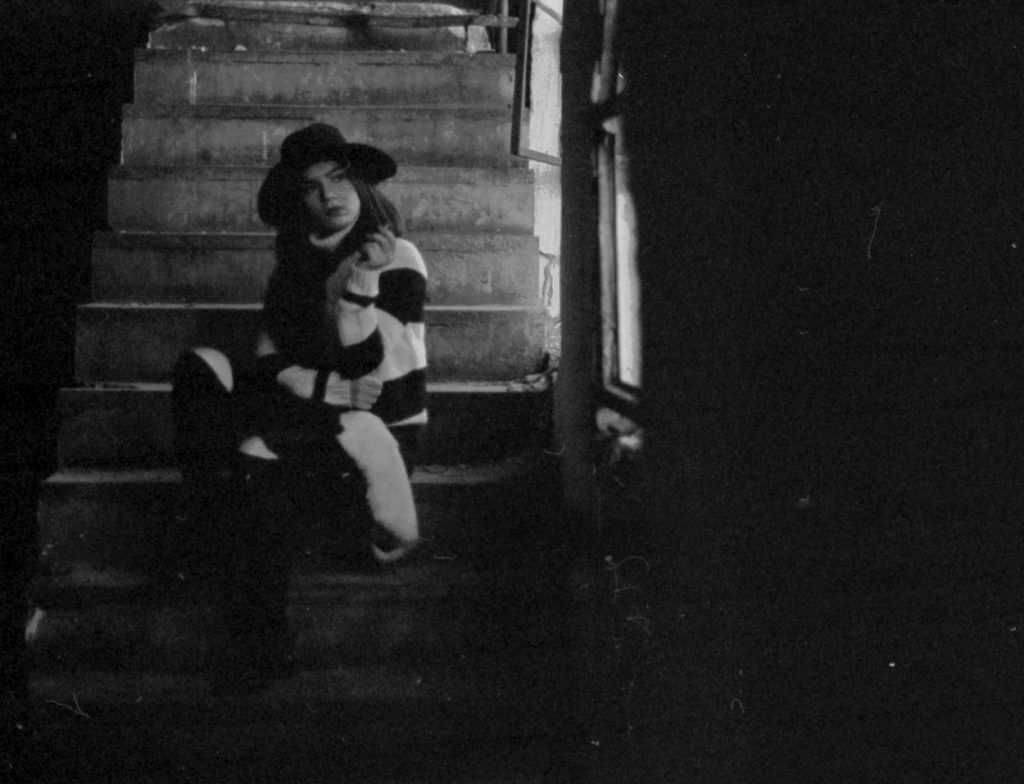
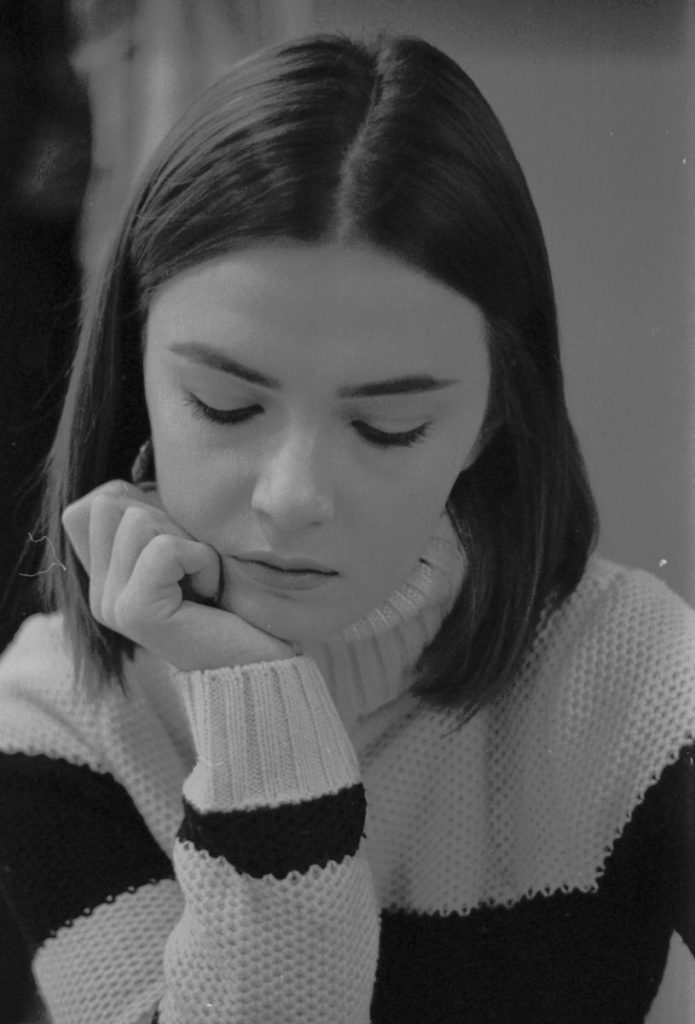
Text and photo: Alex Yakimovski. Follow Alex on social networks:
http://instagram.com/alexyakimovski
https://www.facebook.com/alexyakimovskiphotography/









